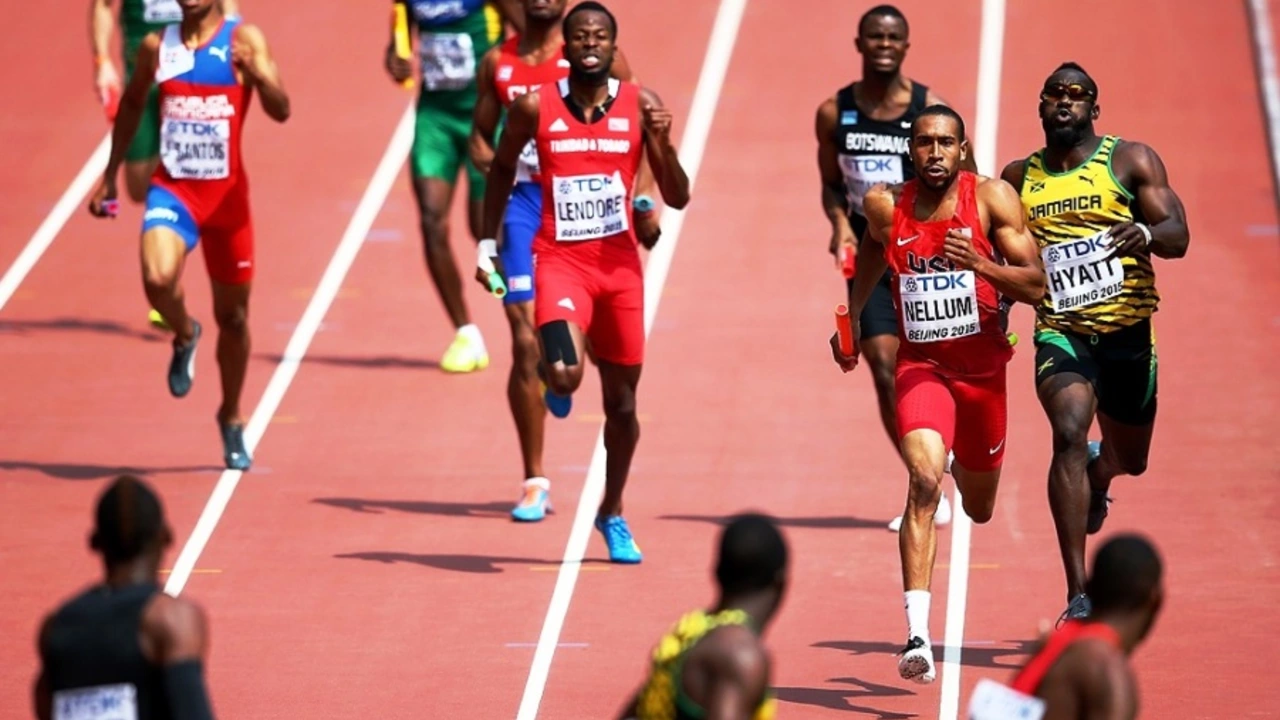Track Insights: Design, Layout & Racing Tips
Whether you’re a weekend club racer or a fan who loves watching from the grandstands, understanding the track makes every lap more exciting. A good track isn’t just a strip of asphalt – it’s a blend of safety, speed, and excitement. Let’s break down what makes a great circuit and how you can use that knowledge on the track.
How Tracks Are Designed
Track designers start with a handful of goals: safety, spectator view, and the chance for overtaking. They pick surfaces that give grip but also drain water quickly, then map out corners that test drivers without being reckless. For example, Formula 1 and MotoGP circuits often mix fast straights with tight hairpins to keep the action flowing.
Environmental impact matters too. Modern tracks use recycled asphalt and design runoff areas that protect wildlife. The layout also considers pit lane access, emergency routes, and space for grandstands. All that planning ends up shaping the character of the race – a track with long sweeping turns feels very different from one full of chicanes.
Mastering the Racing Line
The racing line is the fastest path around a circuit. It’s not just about hugging the inside of every corner; it’s about brake points, throttle application, and smooth transitions. Hit the apex just before the turn opens up, then let the car drift out to use the full width of the track on exit. That’s where the speed builds.
Practicing the line on a low‑power car first can help you feel the balance points without over‑committing. Once you know where to brake and where to unwind, you’ll notice fewer skids and more consistent lap times. Even a small adjustment – like braking a tenth of a second earlier – can shave off valuable tenths on a tight circuit.
Future tracks will push these ideas further. Electric and autonomous racing series are already testing circuits with energy‑recovery zones and AI‑optimized layouts. Those changes mean drivers will need to adapt their lines and strategies at a faster pace than ever.
So, how can you apply this today? Start by watching on‑board footage of your favorite series. Pause before each corner and note where the driver brakes, turns in, and accelerates. Then, next time you hit the track, try mimicking those points on a slower, safer setting.
Remember, the best drivers treat every lap as a conversation with the circuit. They listen for changes in grip, adjust for wind, and keep the car balanced. By treating the track as a partner rather than an obstacle, you’ll find yourself faster and more confident.
Ready to put these tips into practice? Grab a notebook, sketch the layout of your local track, mark ideal brake zones, and test them out during your next session. The more you study and experiment, the quicker you’ll feel at home on any circuit.
Stay tuned to Velocity Motorsport Hub for more track‑focused articles, driver interviews, and the latest updates on circuit developments worldwide.

What is the hardest race on a track?
- Jul, 20 2023
- Jenson Lockhart
- 0 Comments
In my quest to find the hardest track race, I've discovered that the 800-meters often wears the crown. It's a grueling blend of speed and stamina, requiring runners to maintain nearly sprinting speeds for half a mile. The intense pace often leaves athletes gasping for breath at the finish line. Moreover, the strategic planning involved in pacing oneself adds another layer of difficulty. It's definitely not a race for the faint-hearted!